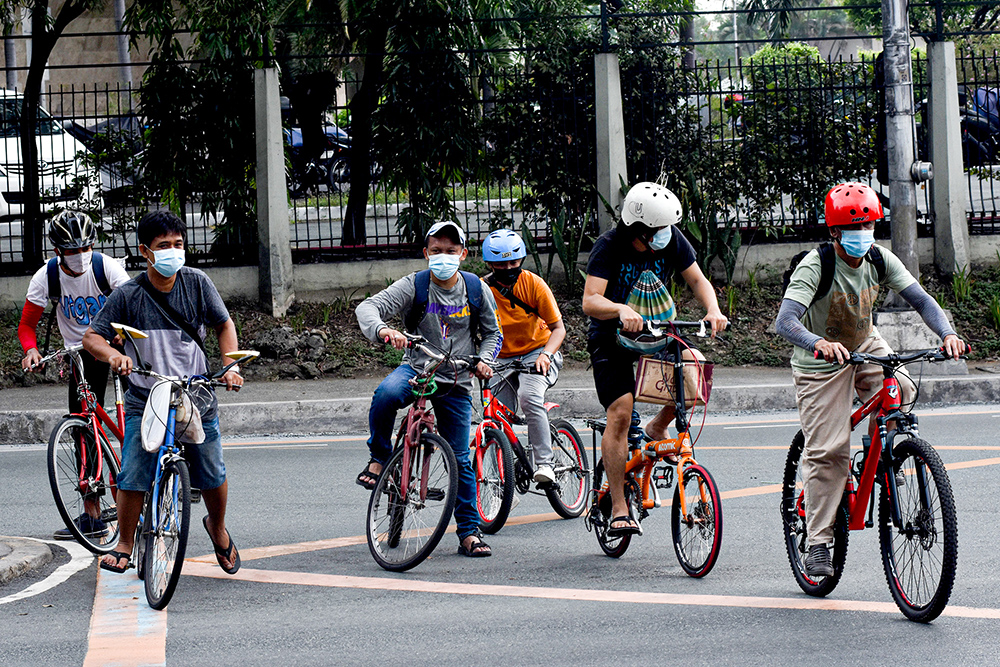
It’s no surprise at this point that cycling has taken our cities by storm, but how many people have actually been cycling? Well, we don’t actually know.
Until now, that is.
The Institute for Climate and Sustainable Cities sought to find out how many of our citizens actually ply our roads on bicycles. We do know that the MMDA recorded 100,792 cyclists along EDSA back in June last year, but there’s more to Metro Manila than EDSA alone. The lack of data drove ICSC to pursue Metro Manila Counts, the National Capital Region’s first-ever citizen-led collaborative bike-count effort, with the goal of helping shape policy by giving our bike commuters representation and making them count.
Literally.
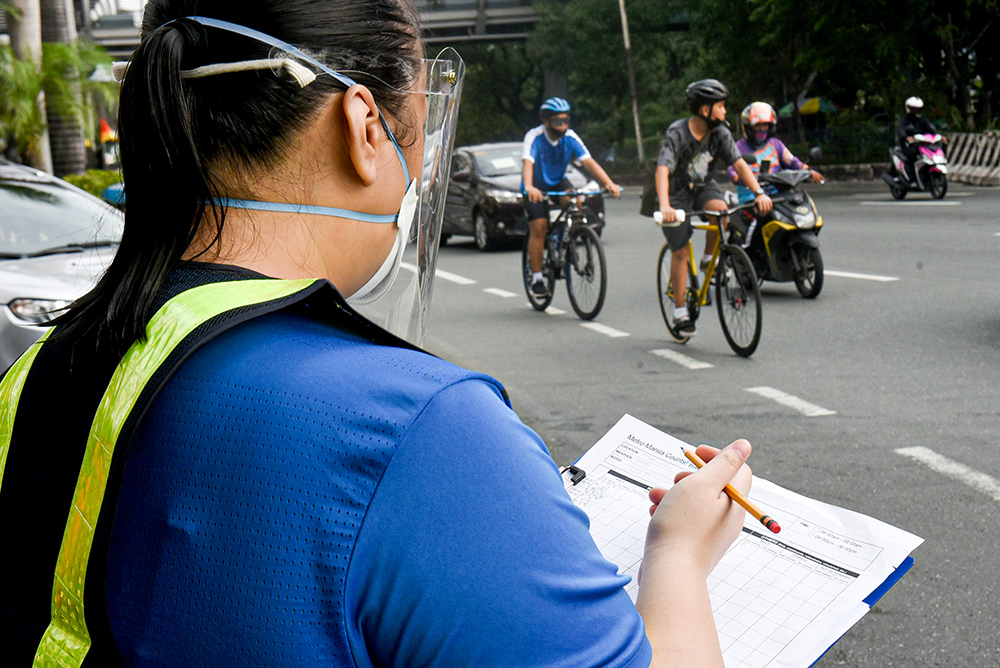
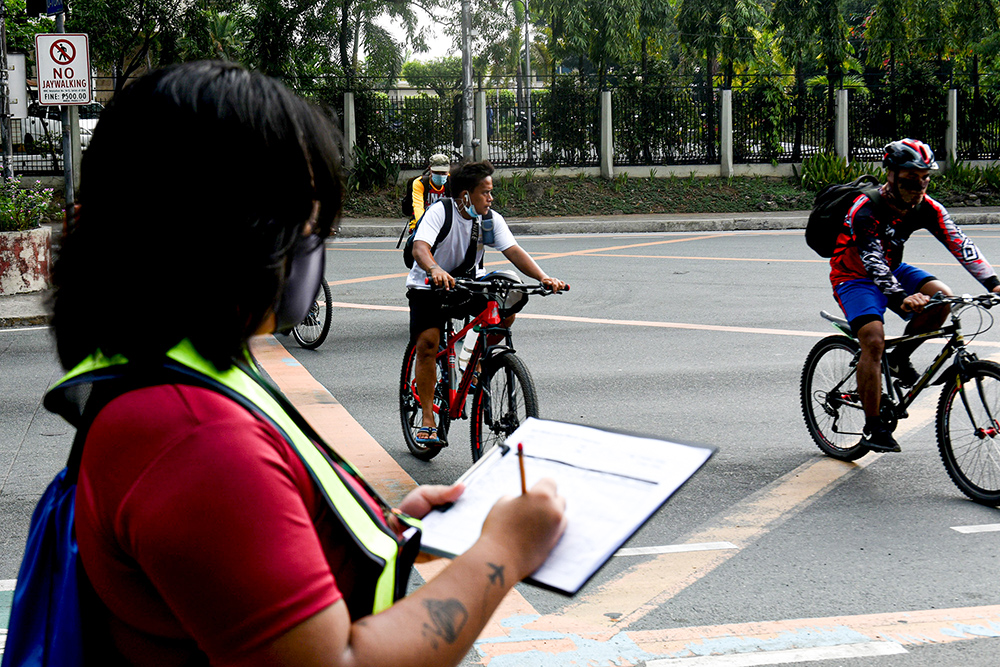
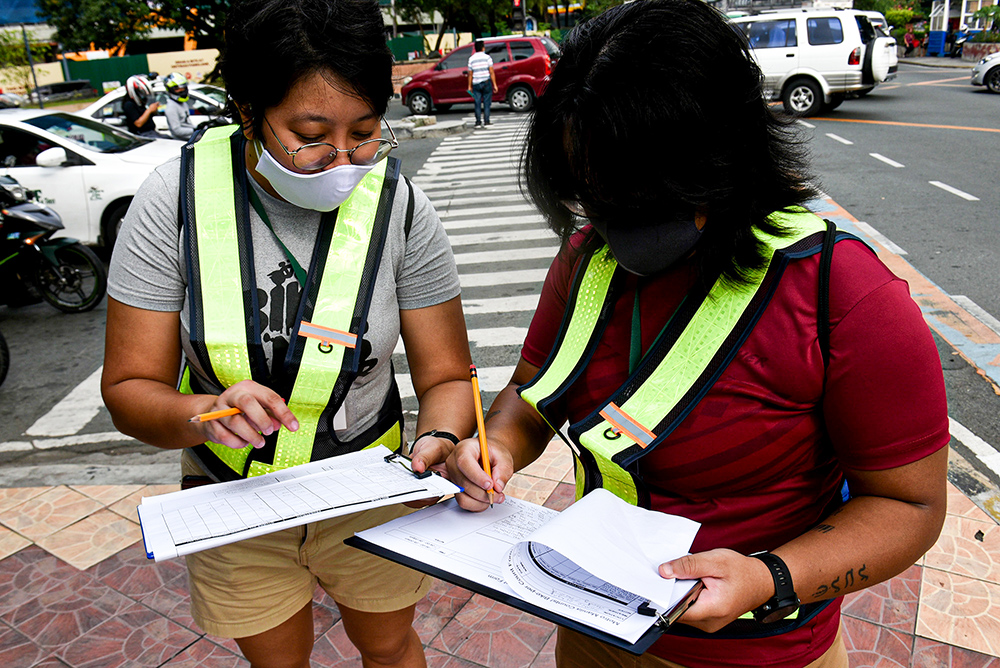
On June 8, 2021, 132 volunteers and LGU personnel (168 if you include the support teams) stationed themselves along major thoroughfares in Quezon City, Marikina City, Pasig City and San Juan City, counting cyclists and pedestrians while taking note of important metrics such as gender, helmet use, and direction of travel.
Within a four-hour window, the volunteers managed to count 38,932 cyclists, 12,787 pedestrians, and 1,658 personal mobility device users. Aldrin Pelicano of ICSC notes that despite the sizable turnout, this number is still a severe undercount. The MMC was conducted on select thoroughfares and during just two short time periods, so naturally only a small portion of the day’s cyclists was counted. Pelicano notes that a conservative estimate of our total daily cyclists would likely be around half a million, something not too far-fetched given that the National Economic and Development Authority said 2.1 million bicycles were imported into the country in 2020 alone.
The 38,932 cyclists counted occupy an estimated total area of 105.12sq-m, or roughly the central part of Rizal Park with room to spare. Try to transport the same amount of people in private cars and you’ll need a ridiculous 654,058sq-m to accommodate them.
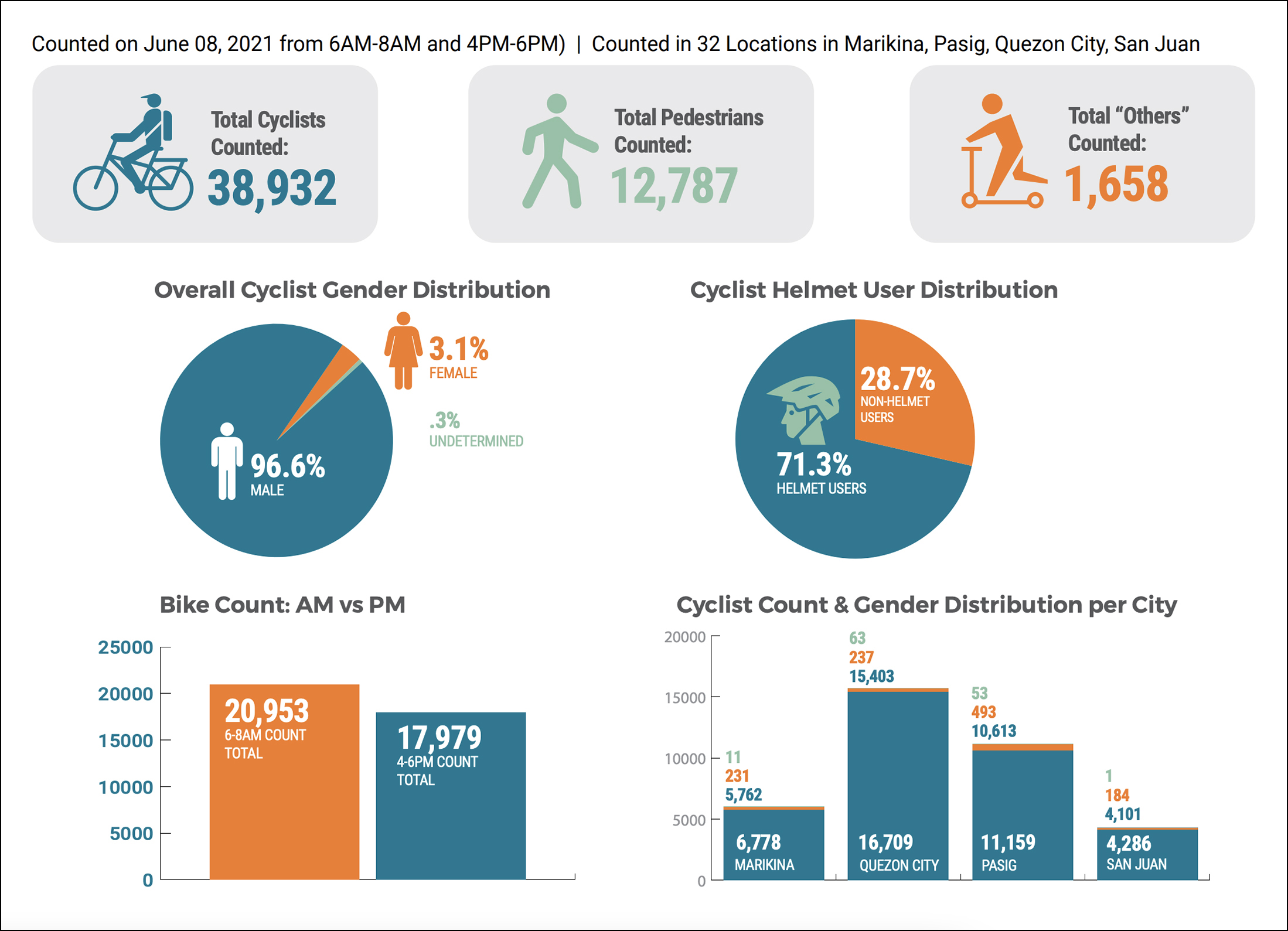
Male cyclists comprised 96.6% of those counted, while female cyclists only accounted for 3.1%. Pelicano theorizes that this may have been due to the perceived hostility and danger from infrastructure and motor vehicles on our roads, but data is scarce and further studies have to be made to explore this further. Ask any cyclist, however, and you know that cycling is unfortunately male-dominated still. The data reflects that well, but it would be interesting to see how this changes with more calls for inclusivity in the discipline.
Helmet use averaged 71.3%, but this is influenced heavily by Quezon City’s controversial mandatory helmet ordinance, which yielded a 93.7% helmet-use rate in the city. Pasig City has the lowest helmet use among the four cities at 48.3%, yet is hailed as one of the most bicycle-friendly cities by the Mobility Awards.
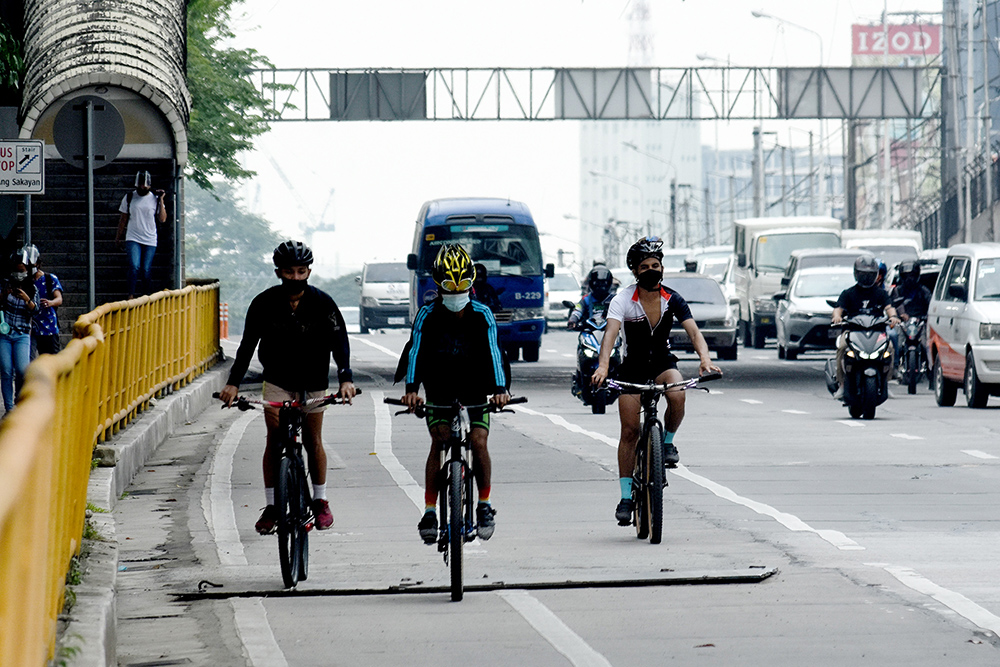
Several problem spots were identified throughout the course of the counts. The bike lane along Marikina-Infante Highway (colloquially known as Marcos Highway) is barely used, with the majority of the 3,450 cyclists counted opting to use the road instead. This is a common complaint among motorists who frequent the area, but cyclists avoid the bike lane as it’s often full of pedestrians and characterized by hazardous terrain. It’s just a painted sidewalk, after all. Even so, some volunteers also noted that there were instances of motorcycle riders using the bike lanes to go against the flow of traffic.
In certain areas, cyclists were also observed to oppose the traffic flow. Some of our built-up areas simply aren’t conducive to active mobility, and simple tasks for motor vehicles can become rather impossible for cyclists. A car coming from UP Diliman intending to go to the Quezon Memorial Circle would simply pass through Commonwealth, take a U-turn, then head toward its destination. Doing a U-turn along Commonwealth and similar thoroughfares on a bicycle is virtually impossible, with footbridges lacking bike ramps, alternate routes doubling or tripling your travel time, and U-turn slots likely being a fatal affair.
For most of us, cycling as a form of transportation is a fairly new concept that we don’t know much about
For most of us, cycling as a form of transportation is a fairly new concept that we don’t know much about. If the policies we institute for cycling are based on the car-centric ideologies we’ve been accustomed to, we’re just wasting time trying to push a square peg into a round hole. ICSC hopes the data it collects will influence policy to allocate budgets more efficiently, prevent crashes and incidents, and create a better outcome overall.
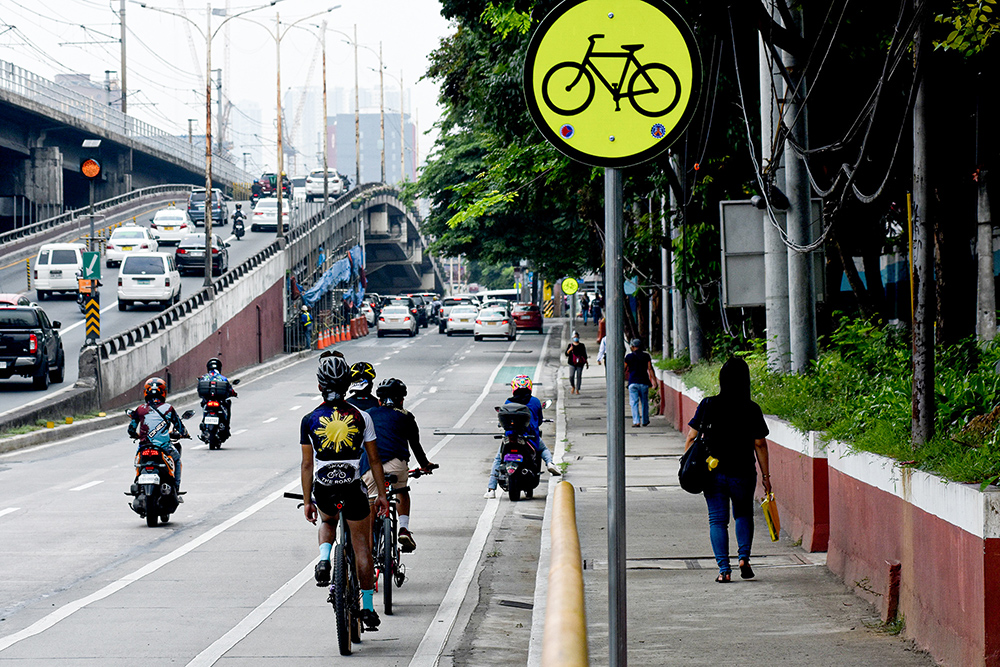
After seeing the transformation that cycling has brought to other cities abroad, I’m inclined to believe that the outcome the group is aiming for is likely going to benefit not just cyclists, but the rest of society as well. What limited data this report has given us already shows how much worse things could be if we continued to rely on private cars as our main form of transportation. Our traffic woes and worsening air pollution are not going to fix themselves, and especially not with the methods we’ve been employing. Cycling offers us a reprieve from such eventuality, and the data echoes what our urban planners have been screaming for decades.
I do not think one simple article can give the report any justice, so I implore you to access the full report if this story has piqued your interest. ICSC hopes that this becomes a regular affair with more locations counted for longer, and I’m excited to see how the data progresses as we improve upon our infrastructure, cycling policies, and drivers’ education to hopefully build a more sustainable Metro Manila.

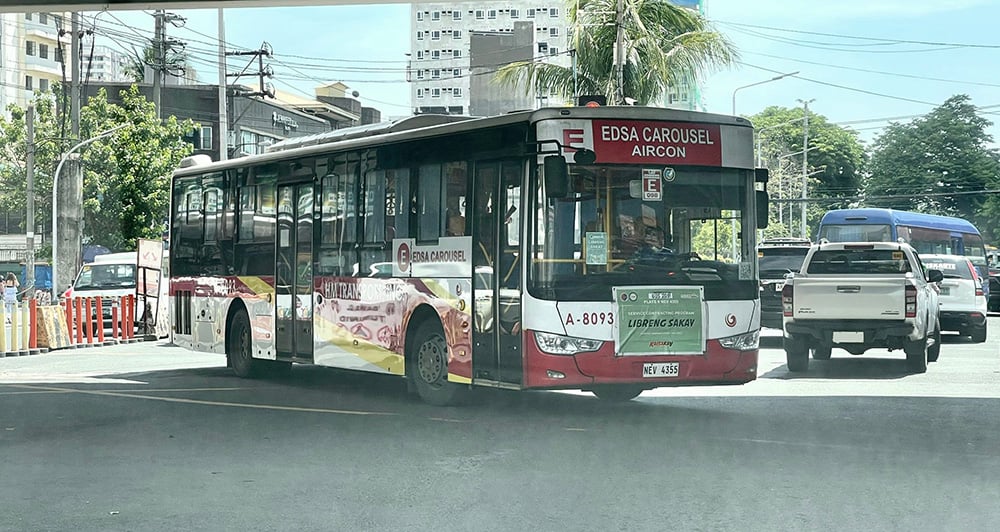
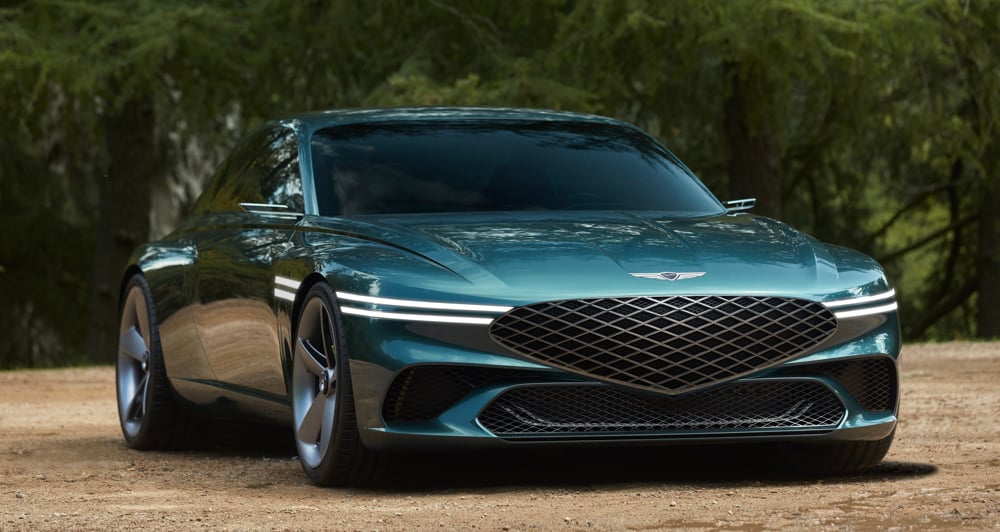
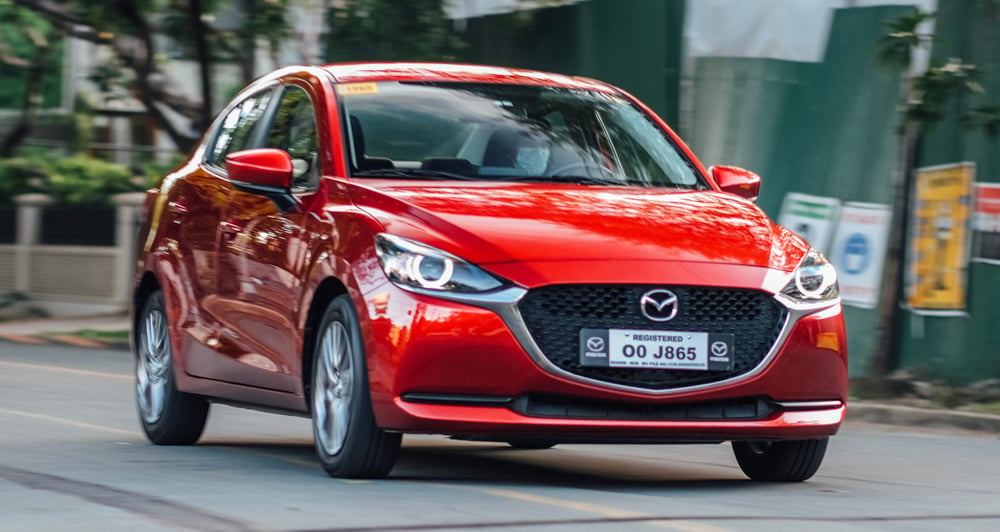
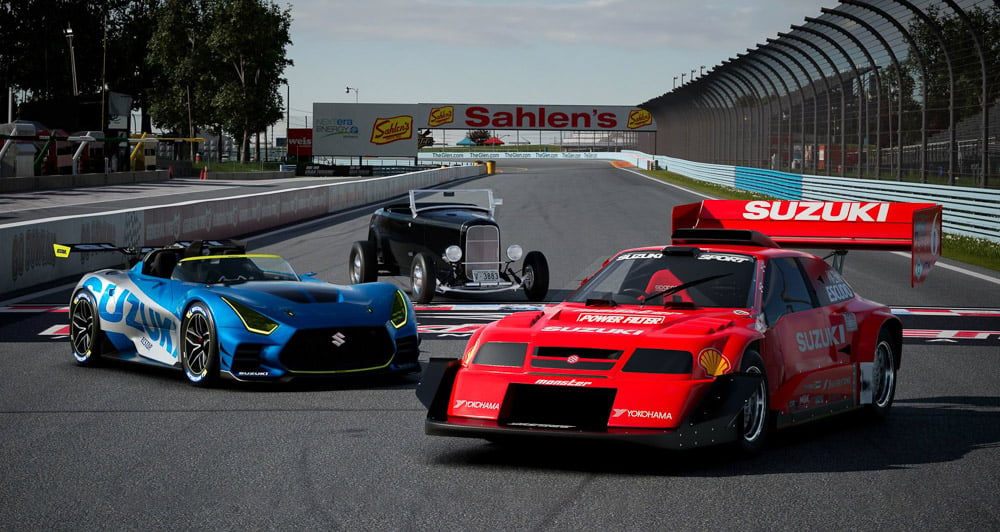
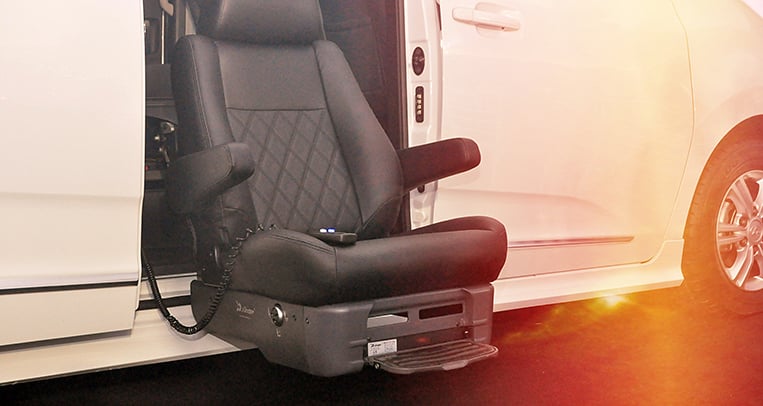
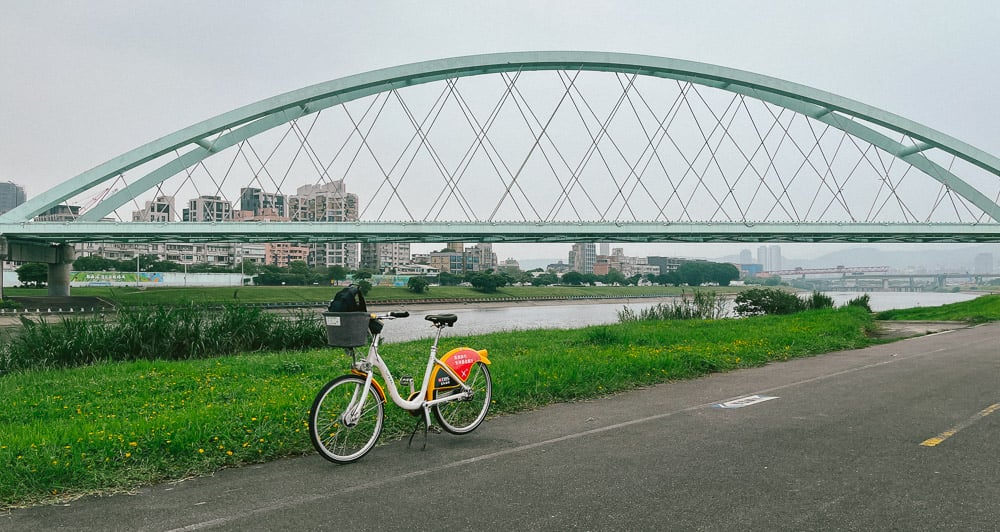
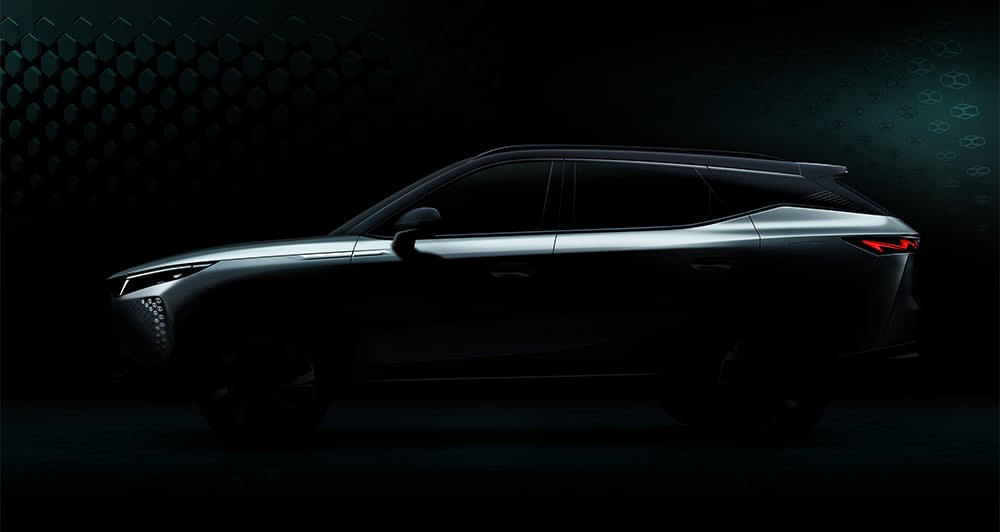
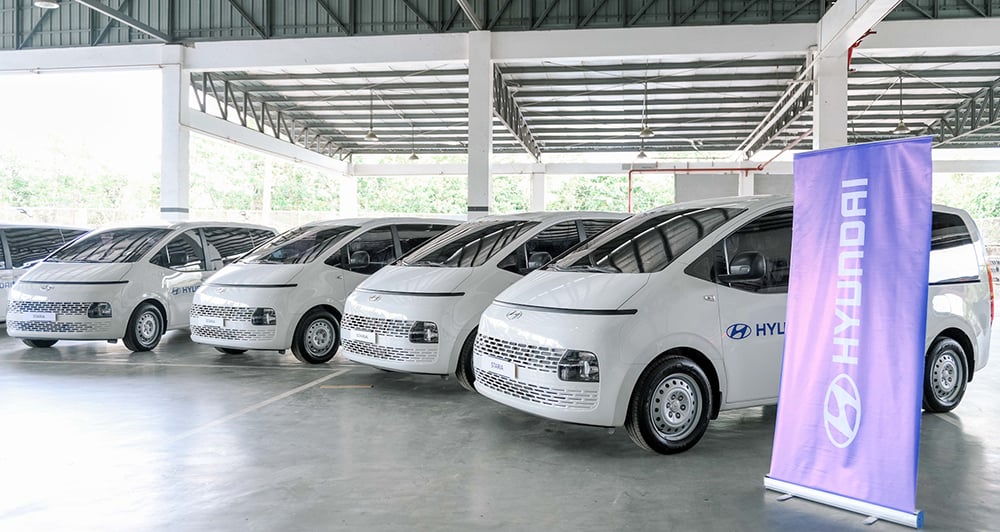
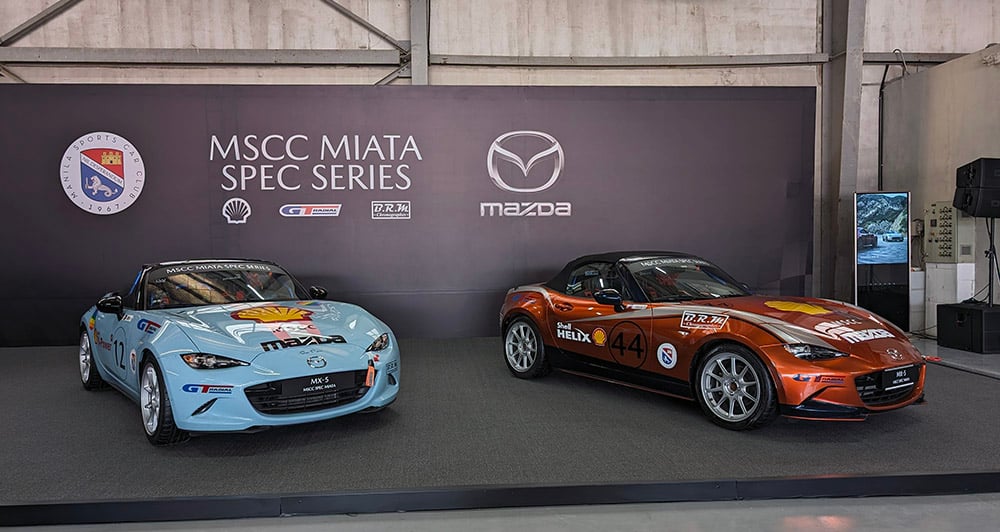
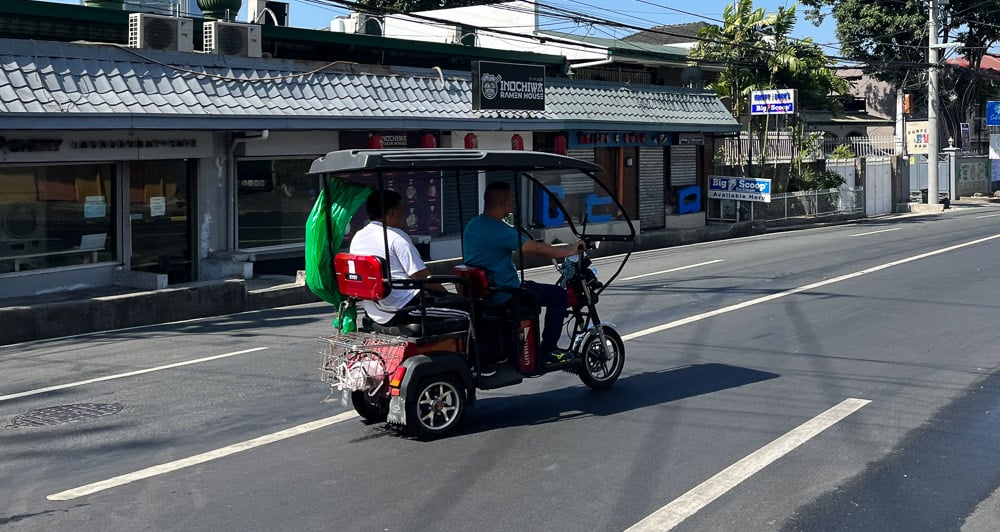
Comments